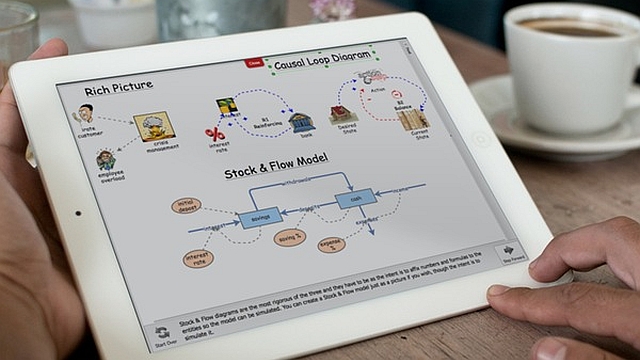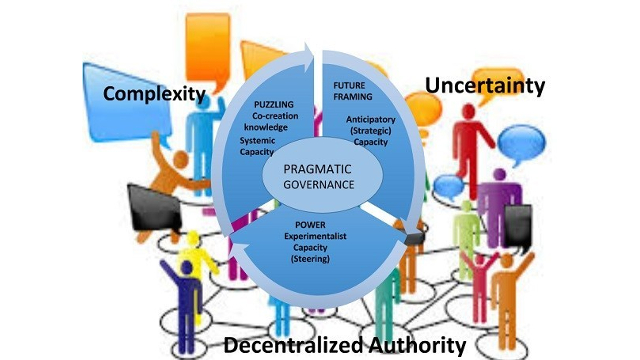
Managing in the face of complexity (part 2.3): Task 2: Assess the level of agreement
This article is part 2.3 of a series of articles featuring the ODI Working Paper A guide to managing in the face of complexity.
Next we need to assess the extent to which there is agreement about the problem and/or about what to do. For some interventions, there are very clear goals and objectives, which are shared by everyone who is implementing the project, or necessary to its success. After setting clear and unambiguous targets, management can rigorously track performance against those targets and tie decision-making to their achievement alone. However, when it comes to many of the multi-dimensional issues faced in development, different types of knowledge and interpretations of the evidence may lead to different perspectives between stakeholders on a problem and its causes. Barriers to the development of a joint understanding of success or measures of progress can emerge when the various perspectives overlap or even conflict.
The reader should also gauge whether an intervention’s goals are multidimensional, requiring positive progress against distinct and non-overlapping qualities. In some fields there are unified measures of change such as improved length or quality of life for healthcare, against which other aims can be seen unambiguously as incremental steps or a ‘means to an end’. For example, the aim of improving the health of a population has intermediate outcomes that represent unambiguous progress towards the greater goal, but an aim such as promoting political accountability requires a number of intermediate outcomes that may or may not lead to this aim: building the capacity of civil society to make demands on government has, in some contexts, led to less accountability where it has resulted in state ‘crack downs’ on dissent, or led to civil society organisations being less responsive to grassroots concerns.
In other interventions the aim will include a number of different goals, and choosing the correct trade-offs to make between them cannot be foreseen or decided in advance. For example, a project aiming to improve water resource management might aim to simultaneously achieve progress in economic efficiency, social equity, and environmental sustainability. It is not possible to reduce these aims to one measure of ‘success’, and choosing trade-offs between these goals is a management task that should be taken seriously.
Why does divergence on goals matter for management?
- Without support and ownership from important actors some interventions will be doomed to failure or significantly more narrow impact. Leadership is needed to build coherent working and a shared vision of success between partners.
- Success of an initiative may require convincing team members or partners who don’t have a shared vision on the issue, or who don’t agree on the most important goals, so that you don’t miss out on their skills or expertise.
- Attempting to proceed with narrow, quantifiable goals and performance indicators can reduce the relevance of the initiative. When different actors pursue their own dimension of ‘success’, key elements may be ignored, or side-lined.
Next part (part 2.4): Task 3: Assess the distribution of capacities.
See also these related series:
- Exploring the science of complexity
- Planning and strategy development in the face of complexity
- Taking responsibility for complexity.
Article source: Hummelbrunner, R. and Jones, H. (2013). A guide to managing in the face of complexity. London: ODI. (https://www.odi.org/sites/odi.org.uk/files/odi-assets/publications-opinion-files/8662.pdf). Republished under CC BY-NC-ND 4.0 in accordance with the Terms and conditions of the ODI website.
Header image source: pxhere, Public Domain.




